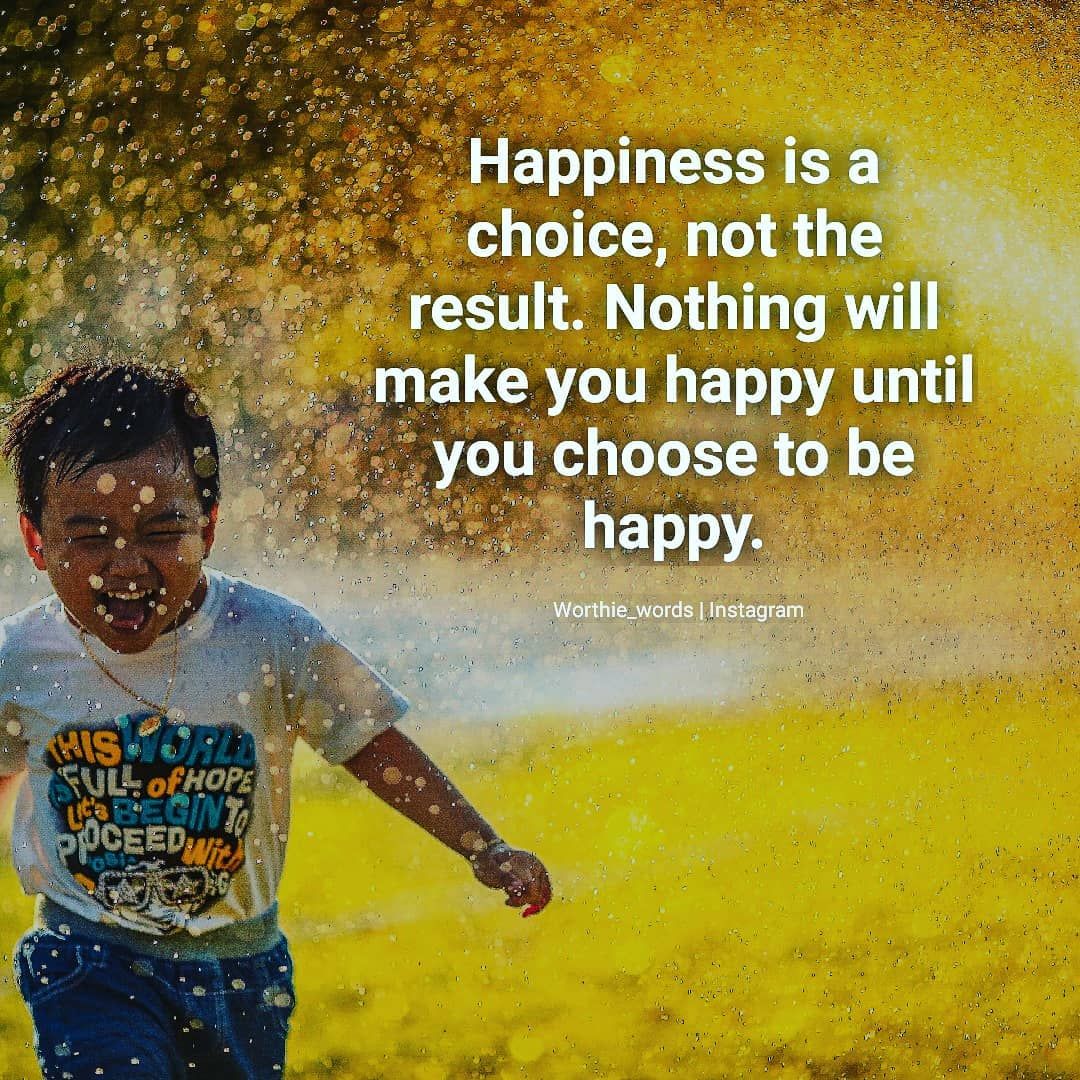 My readers have often been exposed to my philosophy concerning the difference between satisfaction (a metric usually involved in comparing my situation with others) and happiness (a choice).
My readers have often been exposed to my philosophy concerning the difference between satisfaction (a metric usually involved in comparing my situation with others) and happiness (a choice).
Happiness, hopefully a universal pursuit, often seems elusive and complicated, but a simplified approach can make it more attainable. I want to recall last month’s Moment of Clarity video, which urged me to use three levels of response to things that happen to me that can help me avoid f-bombs. That is a cookbook for not “going over the edge” and letting go to negative reactions like frustration, anger, etc. Now, can I seed future happiness by assertively framing my relationships to life’s events and circumstances in one of those same three ways—by 1) engaging enthusiastically, 2) enjoying passively, or 3) accepting?
1) Engaging enthusiastically involves actively participating in activities and experiences. This approach is about more than just doing; it’s about doing with passion and commitment, whether it was in my plan or not! When I engage enthusiastically, I immerse myself fully, whether I planned to or it came out of left-field. I don’t HAVE to be defensive or resistive about it. I can go with the flow and even add to an experience.
A caveat, though: It’s essential to recognize that not every activity requires this level of engagement. Overextending myself by trying to be enthusiastic about everything can lead to burnout. Therefore, it’s important to identify what truly matters to me and focus my enthusiastic engagement on those areas. I’ve done that, for example, over 50-plus years of rallying. It brings me joy.
2) Enjoying passively, on the other hand, is about finding joy in the simple pleasures of life without actively participating. It’s the plan “B” for when deep engagement is uncalled for or when un-focusing is in order. Savoring a cup of coffee, listening to music, or watching a beautiful sunset; passively enjoying these things allows me to appreciate the world around me without having to perform or achieve.
This form of enjoyment contributes to happiness because it provides balance. In a world that often glorifies hustle and constant productivity, allowing myself to simply enjoy moments can be a powerful antidote to stress and anxiety. It reminds me that happiness can be found in the small, seemingly insignificant moments that make up our days.
Moreover, passive enjoyment is a practice in presence. By paying attention to the present moment and fully experiencing it, I can cultivate a sense of amusement, or even gratitude and contentment. This mindfulness helps me reduce negative emotions and increases my overall sense of well-being.
3) Acceptance is the third pillar of this approach to happiness. It involves recognizing and embracing reality as it is, without resistance or denial. Acceptance doesn’t mean complacency or resignation; rather, it’s about understanding that some things are beyond our control and that struggling against them only leads to frustration and unhappiness.
Consider the weather. I can’t control it, and lamenting a rainy day won’t change it. Instead, by accepting it, I free myself from unnecessary negativity. This can be applied to many areas of my life, from personal limitations to broader societal issues to the current standings of my St. Louis Cardinals.
The key to leveraging these three behaviors lies in their integration. By knowing when to engage enthusiastically, when to enjoy passively, and when to accept, you can navigate daily ups and downs more effectively. What are the adventures that throw roadblocks in your day? Can you react differently?
You can start by identifying the areas in your life that ignite your passion and focus your enthusiastic engagement there. If it’s really important to your life, make the issue a learning moment instead of a catastrophe. Whether it’s a career, a hobby, or relationships, immerse yourself fully and derive joy from the process and progress. Be mindful of the overextension caveat.
I cultivate the habit of passive enjoyment by taking time each day to appreciate the small things that bring me joy. So I have practiced for the times when it serves me well to invoke it. If something happens to me that is really not a life-altering tragedy, then I can instead observe, chuckle, and move on. I can allow myself to experience these moments fully without actively engaging.
And finally, we can all practice acceptance. Acknowledge the things we cannot change and learn to be at peace with them. This doesn’t mean giving up on improvement or growth; it means recognizing the limits of your control and letting go of unnecessary resistance.
I see happiness as a multifaceted pursuit, but by codifying our approach to how we respond to life’s events, large and small, we can make it more attainable. Engaging enthusiastically, enjoying passively, and accepting are three powerful responses that can lead to a richer and more fulfilling life. By including these responses into our daily lives, we can exhibit a choice of happiness that is resilient to the challenges and changes that life inevitably brings.


